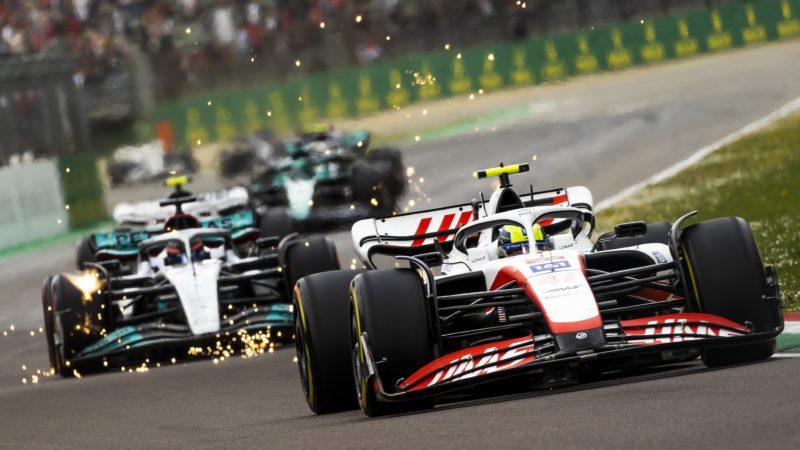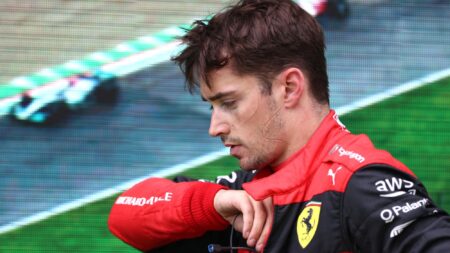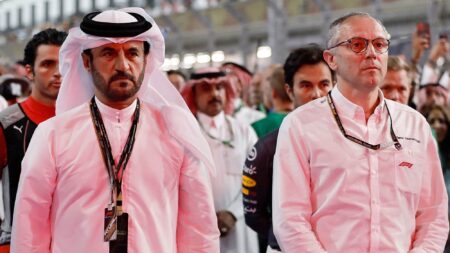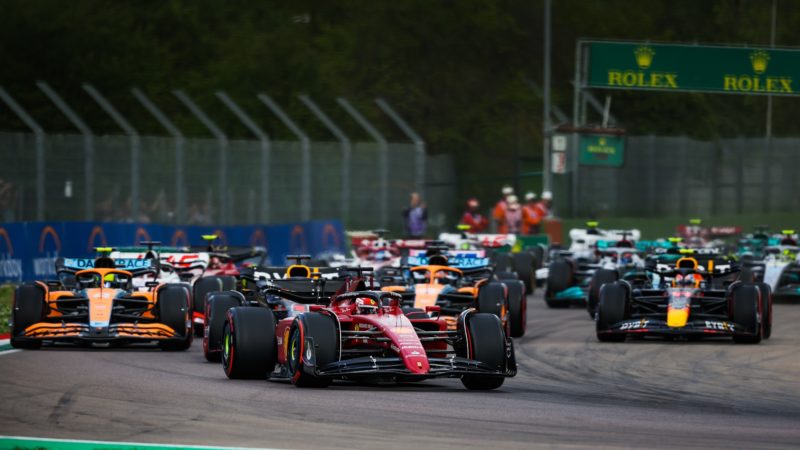Taking inspiration from the elimination format most commonly found in cycling, each sprint would now be staged over 30 laps, regardless of which circuit F1 is racing at on a given weekend, and feature competitors being eliminated as laps are completed.
The starting grid (again, formed by qualifying) will set off and the usual fireworks of the opening lap follow, but then the frenetic show begins.
Every two laps, the last-placed driver will be eliminated from the race and forced to pit. Eliminations occur every two laps, meaning that drivers have the chance to fight back for position and avoid going out.
DRS is enabled after the conclusion of lap one which should encourage some early overtaking and keep drivers within range of one another in the early-to-middle-phase of the race.
TV cameras will be focused on the fights at the front but those at the back will get a larger amount of airtime than usual, which will no doubt please sponsors.
This goes on until the final 10 drivers remain, at which point there should be 10 laps remaining and the fight is on for points. Points will be on offer but the prize for winning will be increased, as will the paying positions, down to the normal top 10 finishers, as is the case in the main race. Starting positions for the next day’s grand prix though will remain unaffected to preserve drivers’ qualifying efforts from the day prior.
Proposed points table
| Position | Points |
| 1st | 10 |
| 2nd | 9 |
| 3rd | 8 |
| 4th | 7 |
| 5th | 6 |
| 6th | 5 |
| 7th | 4 |
| 8th | 3 |
| 9th | 2 |
| 10th | 1 |
If there is any safety car intervention, physical or virtual, then eliminations are paused. If there is a surplus of remaining runners after lap 20, eliminations can continue every lap until the chequered flag. That is the only alteration to the process of elimination in order to keep things relatively easy to follow on TV.
To give drivers something to fight for throughout the duration of the race, each overtake is added to a tally and a mini championship table that is formed in the same vein as the fabled Crypto.com Overtake Award, won by Sebastian Vettel 2021.
This table will now award points at the end of the season for the top five drivers:
1st: 15 | 2nd: 8 | 3rd: 4 | 4th: 2 | 5th: 1
There will be no provision that overtakes only count should you finish in the top 10 in the same way the fastest lap point is only eligible to those that finish inside the points-scoring positions.




